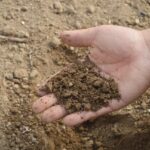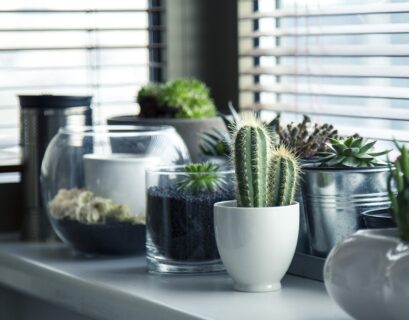Healthy soil is the foundation of a successful garden. However, many gardeners face soil issues that can impact plant growth and overall garden productivity. Whether your soil is too sandy, clay-heavy, acidic, or lacking in nutrients, understanding and addressing these issues is essential for cultivating thriving plants. Here are effective tips to help you manage soil issues and promote healthy plant growth in your garden:
1. Assess Your Soil
The first step in dealing with soil issues is to assess its composition and pH level. Use a soil test kit or send a soil sample to a local cooperative extension service for analysis. This will provide valuable information about nutrient levels, pH balance, and soil texture, allowing you to make informed decisions about soil improvement.
2. Improve Soil Structure
a. Sandy Soil:
- Issue: Sandy soil drains quickly and lacks nutrients.
- Solution: Amend sandy soil with organic matter such as compost, aged manure, or coconut coir to improve water retention and nutrient availability.
b. Clay Soil:
- Issue: Clay soil is dense, poorly drained, and may become compacted.
- Solution: Incorporate organic matter like compost, leaf mold, or gypsum to improve soil structure and drainage. Avoid working clay soil when wet to prevent compaction.
3. Adjust Soil pH
a. Acidic Soil:
- Issue: Acidic soil (low pH) can hinder nutrient availability.
- Solution: Add lime, dolomite, or wood ash to raise soil pH and make essential nutrients more accessible to plants.
b. Alkaline Soil:
- Issue: Alkaline soil (high pH) may cause nutrient deficiencies in certain plants.
- Solution: Apply elemental sulfur, peat moss, or pine needles to lower soil pH and create a more suitable growing environment for acid-loving plants.
4. Mulch and Protect Soil Health
a. Mulching:
- Benefit: Mulch helps conserve soil moisture, regulate soil temperature, suppress weeds, and improve soil structure as it decomposes.
- Method: Apply a layer of organic mulch such as shredded leaves, straw, or wood chips around plants to maintain soil health and fertility.
5. Practice Crop Rotation and Cover Cropping
a. Crop Rotation:
- Benefit: Rotating crops helps prevent nutrient depletion and reduces the buildup of pests and diseases specific to certain plants.
- Method: Rotate crops annually, alternating between different plant families to maintain soil fertility and health.
b. Cover Cropping:
- Benefit: Cover crops like legumes (e.g., clover, peas) improve soil structure, fix nitrogen, and suppress weeds.
- Method: Plant cover crops during fallow periods or in between main crop rotations to replenish soil nutrients and organic matter.
6. Avoid Overworking the Soil
a. Issue: Excessive tilling and compaction can disrupt soil structure and harm beneficial soil organisms.
- Solution: Use no-till or minimum-till gardening techniques to preserve soil structure and encourage natural soil processes. Use raised beds or containers for gardening in areas with compacted or poor-quality soil.
7. Amend Soil According to Plant Needs
a. Specific Nutrient Requirements:
- Method: Research the specific nutrient requirements of plants you intend to grow and amend soil accordingly with balanced fertilizers or organic supplements.
Conclusion
By addressing soil issues proactively and implementing these tips for healthy plant growth, you can create an optimal growing environment in your garden. Remember that soil improvement is an ongoing process that requires observation, adjustment, and patience. With proper care and attention to soil health, you’ll enjoy bountiful harvests and vibrant, thriving plants season after season.









